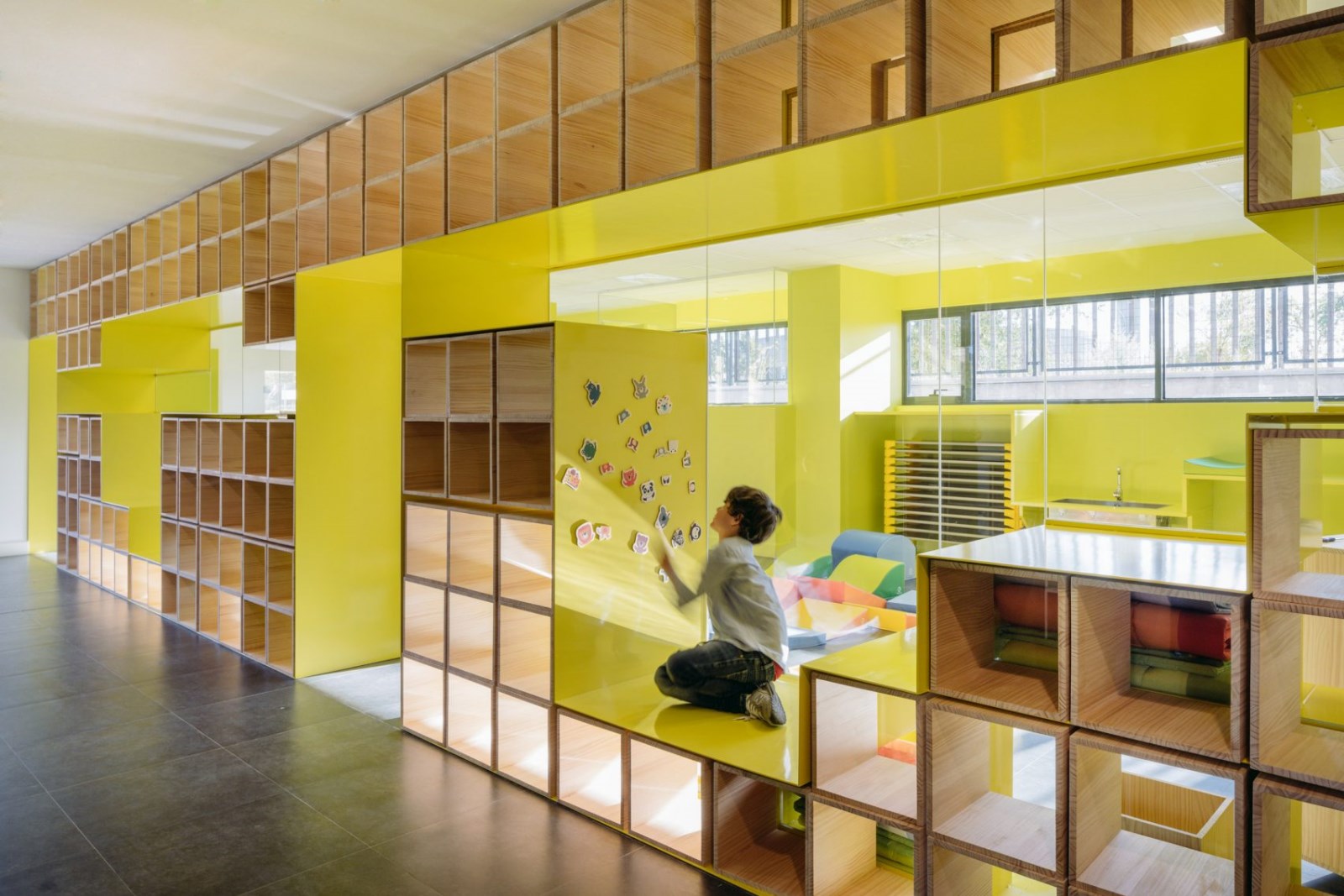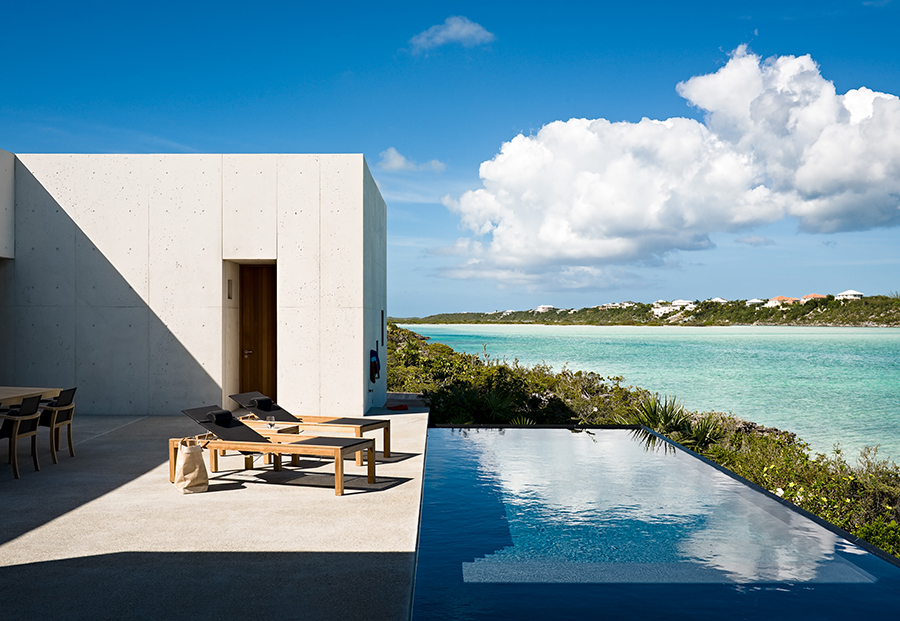Pavilion of Humanity CHYBIK+KRISTOF
2018-05-21 05:00
法布里斯·福伊莱(Fabrice Fouillet)
架构师提供的文本描述。MoravskéNáměstí是布尔诺市中心一个繁忙的广场。当它坐落在布尔诺环形公路(林荫大道)上时,每天都有成千上万的人走过。然而,很少有人意识到这片曾经是城市防御工事体系一部分的宽敞地区的历史复杂性。它的历史的最后一章写在去年夏天,当时广场被临时调整,以适应一个多体裁的节日会议布尔诺。这个节日的主要主题是欧洲统一的想法,目前在社会上受到民粹主义和激进主义的严重威胁。这个节日的主要座右铭-多样性中的统一-改写了欧盟的官方座右铭及其物理表现形式,是由布尔诺建筑工作室ChybikKristof设计的。该装置旨在纪念特定的历史里程碑,并展示出乎意料的联系,目的是激发团结和团结的愿望,呼吁宽容,并发起关于当代社会政治问题的辩论。
Text description provided by the architects. Moravské Náměstí is a busy square in the centre of Brno. As it lies right on the Brno ring road (boulevard), thousands of people walk and drive through it every day. Few of them, however, realize the historical complexity of the spacious area, which used to be part of the fortification system of the city. The last chapter of its history was written last summer when the square was temporarily adjusted to suit the needs of a multigenre festival Meeting Brno. The major theme of the festival was the idea of European unity, currently greatly endangered by populism and radicalization within the society. The festival's main motto – Unity in Diversity – paraphrases the official motto of the European Union and its physical manifestation was designed by the Brno architecture studio Chybik+Kristof. The installation sought to commemorate particular historical milestones as well as demonstrate unexpected connections with an objective to induce the desire for solidarity and unity, call for tolerance and initiate a debate about contemporary socio-political issues.
1243年,布尔诺广场的历史赋予了沿其边缘建立防御工事体系的权利。因此,这座城市从未被占领过,它的防御工事体系包括一条有堡垒的城市护城河。工业革命意味着城墙在17世纪中期不再起保护城市的作用。这导致他们被维也纳的Ringstra e所启发的一条环形道路所取代,这条环路很快就会成为Brno社会生活的一个活跃的中心。环形公路的重要部分之一是位于莫拉夫斯克énáměstí的公园,在公园的中心,1890年至1891年期间建造了一座德国住宅,并由一群描绘约瑟夫二世皇帝的雕塑组成。德国之家是布尔诺和后来,即在第二次世界大战和德国占领捷克斯洛伐克期间,作为布尔诺纳粹中心讲德语的居民的文化中心。这座纪念碑于1919年被拆除,也就是捷克斯洛伐克新的主权国家成立后不久,而作为布尔诺·德国人的象征的德国大厦在第二次世界大战结束后被拆除。
The history of the square In 1243, Brno was granted the right to establish a fortification system along its edges. As a result, the city was never seized, its fortification system including a city moat with bastions. Industrial revolution meant that the city walls ceased to play a part in the defence of the city in the mid-1700s. This resulted in their being substituted by a ring road inspired by the Ringstraße in Vienna, one that would soon become a vibrant centre of Brno social life. One of the significant parts of the ring road was the park at Moravské náměstí in the centre of which a German House, complemented by a sculpture group depicting the emperor Joseph II, was built between 1890 and 1891. The German House served as a cultural centre for German speaking residents of Brno and later on, i.e. during the Second World War and the German occupation of Czechoslovakia, as a Brno Nazi centre. The monument was removed in 1919, that is shortly after the new sovereign state of Czechoslovakia had formed, while the German House, a symbol of Brno Germans, was taken down after the end of the Second World War.
随后,大楼前的空地变成了一个公园,成为阵亡红军士兵被埋葬一段时间的纪念地。同时,一座新的托马斯·加里格·马沙里克纪念馆的基石也在这里,尽管纪念这位捷克斯洛伐克第一任总统的纪念碑从未完工。1968年,捷克斯洛伐克被华沙条约部队占领,导致社会主义在该国的巩固。莫拉夫斯克énáměstí被改造,以适应当时的意识形态-一个五点喷泉,类似于共产主义象征之一的红星,安装在它的中心,一个由共产主义雕塑家米洛·阿克斯曼(MilošAxman)组成的雕塑团体就在它的身后。1989年的天鹅绒革命带来了重大的社会和政治变化,此后,只剩下了“天鹅绒革命”。因此,广场从一个文化中心变成了一个连接街道的地方。2016年举行了一次公共建筑竞赛,目的是找出最合适的方式,为娱乐目的振兴该地区。
Subsequently, the open space in front of the torso of the building was turned into a park and became a memorial site where fallen Red Army soldiers were buried for a short period of time. Simultaneously, the foundation stone of a new Thomas Garrigue Masaryk Memorial was laid here although the memorial, which was to commemorate the first Czechoslovak president, was never finished. In 1968, Czechoslovakia was occupied by the Warsaw Treaty forces, which resulted in solidification of socialism in the country. Moravské náměstí was transformed to fit the ideology of the time – a five-pointed fountain resembling the Red Star, one of the symbols of communism, was installed in its centre and a sculptural group by the communist sculptor Miloš Axman was erected behind. After the Velvet Revolution of 1989, an event that brought substantial social and political changes, only the pool remained. As a result, the square transformed from a cultural centre into a mere connecting place where streets converge. In 2016, a public architecture competition was held with an objective to find the most suitable way to revitalize the area for the purposes of recreation.
法布里斯·福伊莱(Fabrice Fouillet)
2017年夏天的任务是创建一个夏令亭,其中包括一个舞台,酒吧,啤酒露台,和室外画廊与必要的设施。其任务是创建一个展馆,在开阔的天空下,将成为一个充满活力的城市景观,在这里,各种类型和类型的文化与社会活动和美食计划交织在一起。
Summer 2017 The assignment for 2017 was to create a summer pavilion that included a stage, bar, beer terrace, and outdoor gallery with necessary facilities. The task was to create a pavilion that would become a lively urban scene under the open sky where various genres and types of culture mingle with social events and a gastronomic program.
Projection of th Boulevard
Axonometry of the Pavilion
由řEJ Chybík和Michal KRIšTof组成的展馆是以德国众议院平面图为基础的。该船使用一条78米长、39米宽及18.5米高的脚手架管,总重量为50公吨。以广场上所有国家的语言,正面标志自豪地传达了节日的主要座右铭-多样性中的团结。展馆的中央部分是一个舞台,它的右翼有一个酒吧和一个啤酒露台,左边的是一个户外画廊和一个艺术展览。在人行道上画的一颗红色的星星占据了中心地带,雕塑家帕维尔·卡罗斯提供了对共产主义雕塑团体的艺术参考。在通往市中心的广场主轴上安装了混凝土金字塔,以纪念阵亡的红军士兵。广场最古老、被遗忘的历史层-中世纪城墙-被改造成了一个简单的栅栏,还有一些信息板描述着个别的碎片。
The pavilion penned by Ondřej Chybík and Michal Krištof was based on the schematic diagram of the floor plan of the German House. It made use of a 78 metres long, 39 metres wide and 18.5 metres high construction made of scaffolding tubes of a total weight of 50 tonnes. The facade sign proudly communicated, in the languages of all the nations that were represented at the square, the main motto of the festival – Unity in Diversity. The central part of the pavilion served as a stage, its right wing hosted a bar and a beer terrace, and the left wing was dedicated to an outdoor gallery with an artwork exposition. A red star painted on the pavement dominated the central area while an artistic reference to the communist sculptural group was supplied by the sculptor Pavel Karous. Concrete pyramids were installed in the main axis of the square leading towards the city centre to commemorate fallen Red Army soldiers. The oldest, long-forgotten historical layer of the square, the medieval city walls, was transformed into a simple fence and there were also information boards describing individual fragments.
MoravskéNáměstí是捷克历史的一份宣言,它纪念的是特定的历史层次、文化和民族,其印记在布尔诺市和整个捷克土地的历史中保留着。他们记录了巨大的社会变化,引发了广场地区的大部分转变。人们可以稍微夸张地说,莫拉夫斯克·纳姆·斯泰因(MoravskéNáměstí)是我们历史上隐藏的宣言,它展示了文化多样性,过去和将来都是如此。
Moravské Náměstí as a manifesto of Czech history The installation commemorated particular historical layers, cultures, and nationalities whose imprints are retained in the history of the city of Brno and the whole Czech lands. They document dramatic social changes that initiated a majority of transformations of the square area. One could argue, with slight exaggeration, Moravské Náměstí is a hidden manifesto of our history that illustrates cultural diversity that has always been and will be, present.
Architects CHYBIK+KRISTOF
Location Brno, Czech Republic
Architects Team Ondrej Chybik, Michal Kristof, Krystof Foltyn, Martin Holy, Lucie Skorepova, Ivo Stejskal
Photographs Lukas Ildza, Fabrice Fouillet
Category Temporal Installations
 举报
举报
别默默的看了,快登录帮我评论一下吧!:)
注册
登录
更多评论
相关文章
-

描边风设计中,最容易犯的8种问题分析
2018年走过了四分之一,LOGO设计趋势也清晰了LOGO设计
-

描边风设计中,最容易犯的8种问题分析
2018年走过了四分之一,LOGO设计趋势也清晰了LOGO设计
-

描边风设计中,最容易犯的8种问题分析
2018年走过了四分之一,LOGO设计趋势也清晰了LOGO设计













































































































